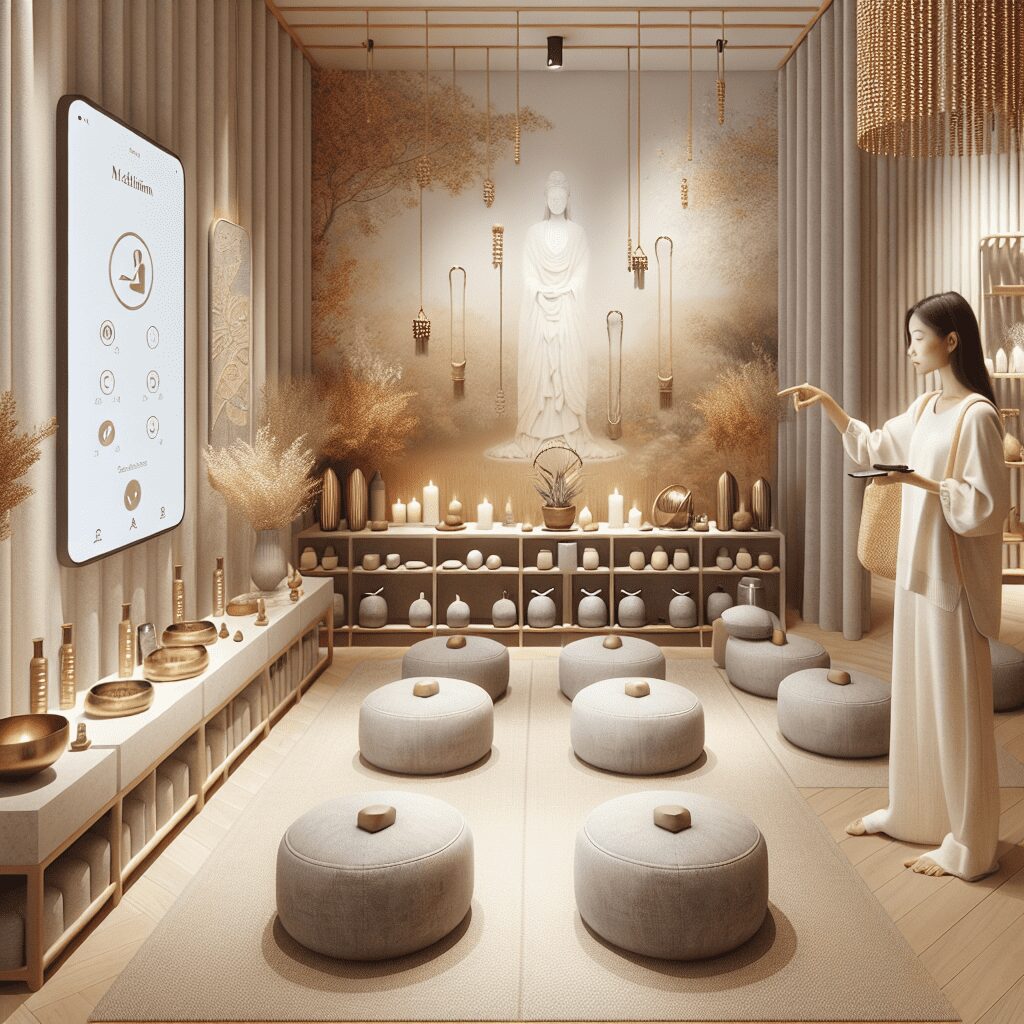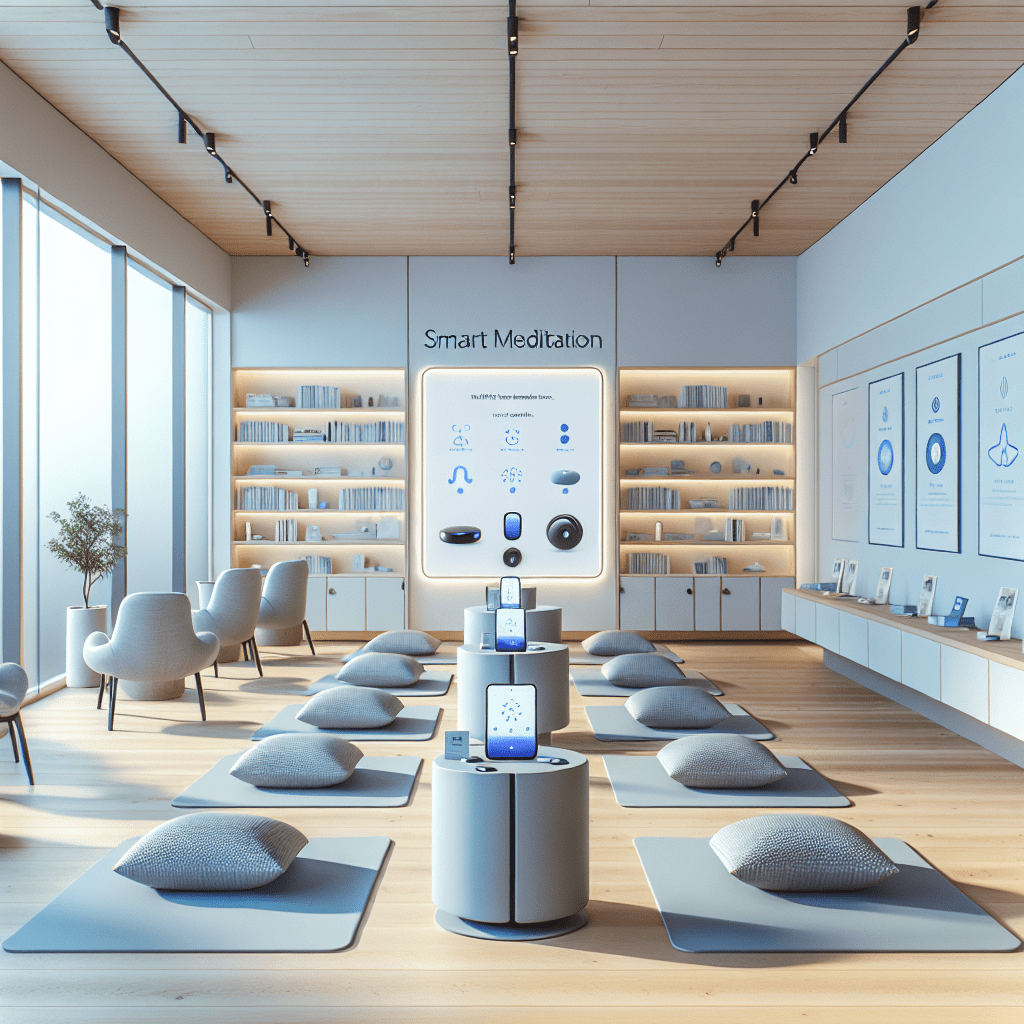
Prioritize your mental well-being daily. Enhance your life by nurturing your mental health with the Smart Meditation app. Break free from stress, alleviate anxiety, and enhance your sleep quality starting today.
Does The Fit Unit Have Problems Reading Sleep?
Deciphering Slumber: Navigating the World of Fit Trackers
In an era where tracking one’s fitness journey and overall wellness has become as simple and sophisticated as strapping a device onto your wrist, it’s no surprise that the quest for the perfect sleep tracking gadget has become a hot topic. The plethora of fitness trackers, or as we affectionately refer to them – Fit Units, have thrown their hats in the ring, promising to deliver the Holy Grail of health metrics: accurate sleep tracking. However, as anyone who’s ever tried to decipher the enigma of their nocturnal patterns knows, these nifty devices sometimes hit a snag. So, what’s the deal? Do Fit Units face hurdles in reading our Zs?
Behind The Scenes: The Sleep Tracking Conundrum
First off, let’s unpack what we’re diving into here. Sleep tracking technology, in a nutshell, relies on a combination of motion sensing (using accelerometers) and heart rate monitoring, among other sophisticated metrics, to gauge when you’re sleeping, and the quality of that sleep. Sounds easy peasy, right? Well, not quite. Here’s the skinny on where things get a tad complicated.
1. The Issue of Accuracy:
You’ve probably heard the saying, “It’s not always what it seems.” This couldn’t be truer when it comes to sleep tracking. Determining the difference between lying still and actually catching some shut-eye can be a tricky business. Many devices do a bang-up job of tracking movement and heart rate data, but translating this into accurate sleep stages (light, deep, and REM) is where the challenge lies.
2. Restless Sleepers:
Ever tossed and turned, wondering if you’d ever catch some Zs, only to wake up to your Fit Unit congratulating you on a solid 8 hours? Yup, we’ve all been there. For the restless sleeper, or those with conditions like insomnia or sleep apnea, trackers may struggle to accurately capture the nuances of their sleep patterns.
3. Tech Limitations:
Let’s face it, as snazzy as these gadgets are, they’re not all-knowing. The technology, though improving leaps and bounds, isn’t perfect. Environmental factors, personal habits, and the device’s placement can all throw a wrench in the works, leading to data that’s sometimes more guesswork than gospel.
Hacks and Tips: Making the Most of Your Fit Unit
Alright, so it’s not all doom and gloom. There are a couple of tricks up our sleeve to get the most out of these smart little sidekicks.
- Consistency is Key: Wearing your device consistently (yes, that means every night) and making sure it’s snug but not too tight can improve the quality of the data collected.
- Mind the Setup: Many devices offer settings or modes specifically designed to track sleep. Make sure you’re making use of these features, as they often fine-tune the device’s sensors for sleep tracking.
- Data Diving: Don’t just glance at the surface-level info. Dive into the app’s data points and graphs to get a fuller picture of your sleep habits. Sometimes, the devil (or angel, in case of good sleep data) is in the details.
- Tech Support: Keep your device’s software up to date. Manufacturers often release updates that enhance features, including sleep tracking accuracy.
In the end, while Fit Units may occasionally stumble in reading the cryptic messages of our nighttime adventures, they undeniably offer invaluable insights into our overall well-being. With a bit of tweaking and a keen eye on the data, unraveling the mysteries of sleep through technology becomes not only feasible but incredibly enlightening. Remember, these devices are tools designed to guide us on our wellness journey, not the end-all-be-all. Here’s to chasing those elusive Zs with a bit more wisdom and a dash of tech-savvy!





